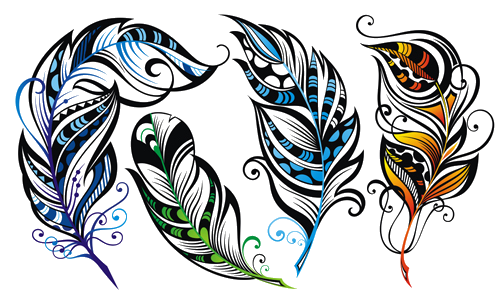Forpus
Forpus parrots, are relatively small birds. Species are 4 - 5 inches long and typically weigh a little over 1 ounce. Because of similarities to their larger parrot relatives and their small size, Forpus birds are often called parrotlets.
Forpus species are sexually dimorphic. Most males are bright green or yellow-green, with bright blue markings on their wings, tails, rumps, and heads. Females are duller green with more yellow-green markings and have few or no blue feathers. Forpus parrotlets have dark brown eyes with light peach or tan feet and beaks (with the exception of the dusky-billed parrotlet, which has a darker beak and feet). Like all parrots, Forpus species are zygodactyl, meaning two toes face forwards and two face backwards.
There are 9 species, and 13 subspecies.
Many species in the genus Forpus are commonly kept as pets. These parrotlets are very social and may show signs of depression if kept alone, unless they have frequent contact with humans. Forpus parrots, especially males, can be very loud and need space to fly and roam. Like any other parrot, they usually spend their time socializing with their partner. These parrotlets enjoy chewing on calcium treats, wood (bark, e.g. corkbark), and porous rocks. Due to their curiosity, exposure to toxic material like plastic, toxic plants, and chemically treated objects should be strictly avoided, especially galvanized wires (falsely used as cheap material for aviaries) which have led to many cases of toxidrome.
Forpus parrotlets are not easy to breed as they are extremely aggressive and will sometimes kill or severely maim their partners.
Mexican, spectacled, and yellow-faced parrotlets are rarer in the U.S. but are more common as pets in other countries. Dusky-billed parrotlets, more commonly known as Sclater's parrotlets, are extremely rare and are only found in captivity in Europe. Some Forpus species, such as the Pacific parrotlet, have several color mutations that are selectively bred for as pets.
Psittaciformes, The Parrot Index, a part of Phoenix Feathers © 2016 - 2023
Page last updated: 12/24/23
Phoenix Feathers

